TODAY IS THE FEAST DAY OF SAINT AIDAN OF LINDISFARNE
Biography St. Aidan, the Apostle of Northumbria (died 651)
Bede's meticulous and detailed account of Aidan's life provides the basis for most biographical sketches (both classical and modern). Bede says virtually nothing of the monk's early life, save that he was a monk at the ancient monastery on the island of Iona from a relatively young age and that he was of Irish descent.[1][2] Aidan was known for his strict asceticism.[3]
Background
St. Aidan, the Apostle of Northumbria (died 651), was the founder and first bishop of the Lindisfarne island monastery in England. He is credited with restoring Christianity to Northumbria. Aidan is the Anglicised form of the original Old Irish Aedán, Modern Irish Aodhán (meaning “little fiery one”). Possibly born in Connacht, Aidan was originally a monk at the monastery on the Island of Iona, founded by St Columba.[4]
In the years prior to Aidan's mission, Christianity, which had been propagated throughout Britain but not Ireland by the Roman Empire, was being largely displaced by Anglo-Saxon paganism. In the monastery of Iona (founded by Columba of the Irish Church), the religion soon found one of its principal exponents in Oswald of Northumbria, a noble youth who had been raised there as a king in exile since 616. Baptized as a Christian, the young king vowed to bring Christianity back to his people—an opportunity that presented itself in 634, when he gained the crown of Northumbria.[5]
Owing to his historical connection to Iona's monastic community, King Oswald requested that missionaries be sent from that monastery instead of the Roman-sponsored monasteries of Southern England.[3] At first, they sent him a bishop named Cormán, but he alienated many people by his harshness, and returned in failure to Iona reporting that the Northumbrians were too stubborn to be convicted. Aidan criticized Cormán's methods and was soon sent as his replacement.[6] He became bishop in 635.[7]
Missionary efforts

Allying himself with the pious king, Aidan chose the island of Lindisfarne, which was close to the royal castle at Bamburgh, as the seat of his diocese.[3] An inspired missionary, Aidan would walk from one village to another, politely conversing with the people he saw and slowly interesting them in Christianity: in this, he followed the early apostolic model of conversion, by offering "them first the milk of gentle doctrine, to bring them by degrees, while nourishing them with the Divine Word, to the true understanding and practice of the more advanced precepts."[8] By patiently talking to the people on their own level (and by taking an active interest in their lives and communities), Aidan and his monks slowly restored Christianity to the Northumbrian countryside. King Oswald, who after his years of exile had a perfect command of Gaelic, often had to translate for Aidan and his monks, who did not speak English at first.

In his years of evangelism, Aidan was responsible for the construction of churches, monasteries and schools throughout Northumbria. At the same time, he earned a tremendous reputation for his pious charity and dedication to the less fortunate—such as his tendency to provide room, board and education to orphans, and his use of contributions to pay for the freedom of slaves:
- He was one to traverse both town and country on foot, never on horseback, unless compelled by some urgent necessity; and wherever in his way he saw any, either rich or poor, he invited them, if infidels, to embrace the mystery of the faith or if they were believers, to strengthen them in the faith, and to stir them up by words and actions to alms and good works. … This [the reading of scriptures and psalms, and meditation upon holy truths] was the daily employment of himself and all that were with him, wheresoever they went; and if it happened, which was but seldom, that he was invited to eat with the king, he went with one or two clerks, and having taken a small repast, made haste to be gone with them, either to read or write. At that time, many religious men and women, stirred up by his example, adopted the custom of fasting on Wednesdays and Fridays, till the ninth hour, throughout the year, except during the fifty days after Easter. He never gave money to the powerful men of the world, but only meat, if he happened to entertain them; and, on the contrary, whatsoever gifts of money he received from the rich, he either distributed them, as has been said, to the use of the poor, or bestowed them in ransoming such as had been wrong fully sold for slaves. Moreover, he afterwards made many of those he had ransomed his disciples, and after having taught and instructed them, advanced them to the order of priesthood.[9]
The monastery he founded grew and helped found churches and other religious institutions throughout the area. It also served as centre of learning and a storehouse of scholarly knowledge, training many of Aidan's young charges for a career in the priesthood. Though Aidan was a member of the Irish branch of Christianity (still in principle part of the Universal Roman Church – see discussion on Celtic Christianity – the Irish respected the authority of Rome), his character and energy in missionary work won him the respect of Pope Honorius I and Felix of Dunwich.[10]
When Oswald died in 642, Aidan received continued support from King Oswine of Deira and the two became close friends.[11] As such, the monk's ministry continued relatively unchanged until the rise of pagan hostilities in 651. At that time, a pagan army attacked Bamburgh and attempted to set its walls ablaze. According to legend, Aidan saw the black smoke from his cell at Lindisfarne Abbey, immediately recognized its cause, and knelt in prayer for the fate of the city. Miraculously, the winds abruptly reversed their course, blowing the conflagration towards the enemy, which convinced them that the capital city was defended by potent spiritual forces.[12] Around this time, Oswine was betrayed and murdered. Two weeks later Aidan died,[13] on 31 August 651.[7] He had become ill while on one of his incessant missionary tours, and died leaning against the wall of the local church (now St Aidan's Church, Bamburgh). As Baring-Gould poetically summarizes: "It was a death which became a soldier of the faith upon his own fit field of battle."[12]
Legacy and veneration

After his death, Aidan's body was buried at Lindisfarne, beneath the abbey that he had helped found.[14] Though his popularity waned in the coming years, "in the 11th century Glastonbury monks obtained some supposed relics of Aidan; through their influence Aidan's feast appears in the early Wessex calendars, which provide the main evidence for his cult after the age of Bede."[14]
His feast is celebrated on the anniversary of his death, 31 August. Reflecting his Irish origins, his Scottish monasticism and his ministry to the English, Aidan has been proposed as a possible patron saint for the whole of the United Kingdom.[15][16]
St Aidan's College of the University of Durham was named after Aidan of Lindisfarne.
Aidan is remembered in the Church of England with a Lesser Festival on 31 August.[17]



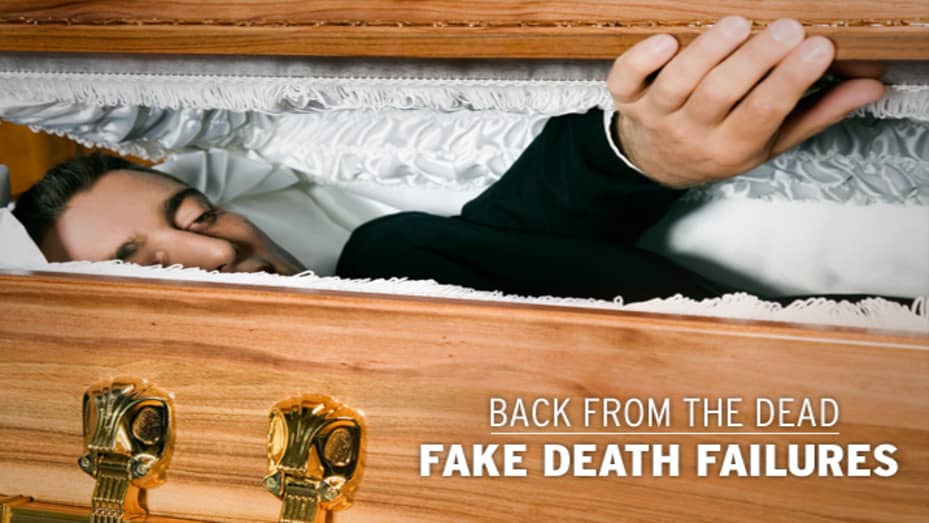

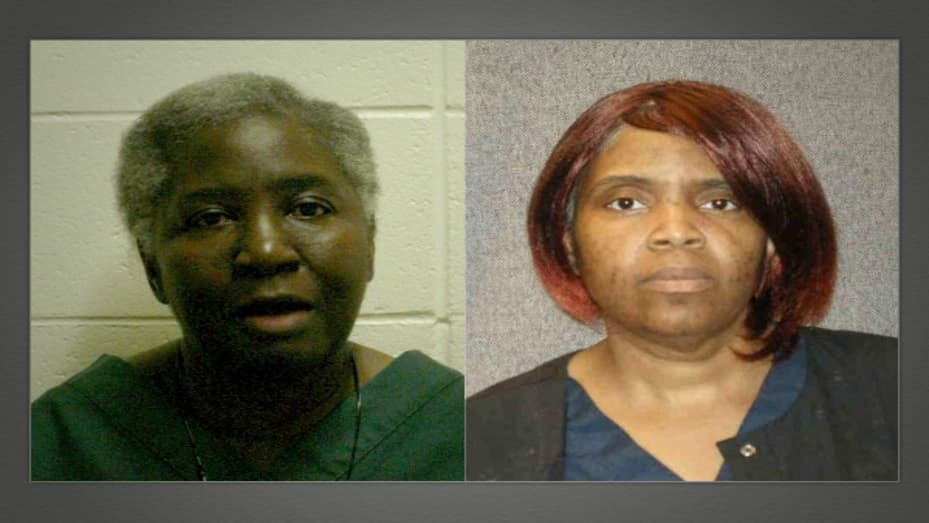
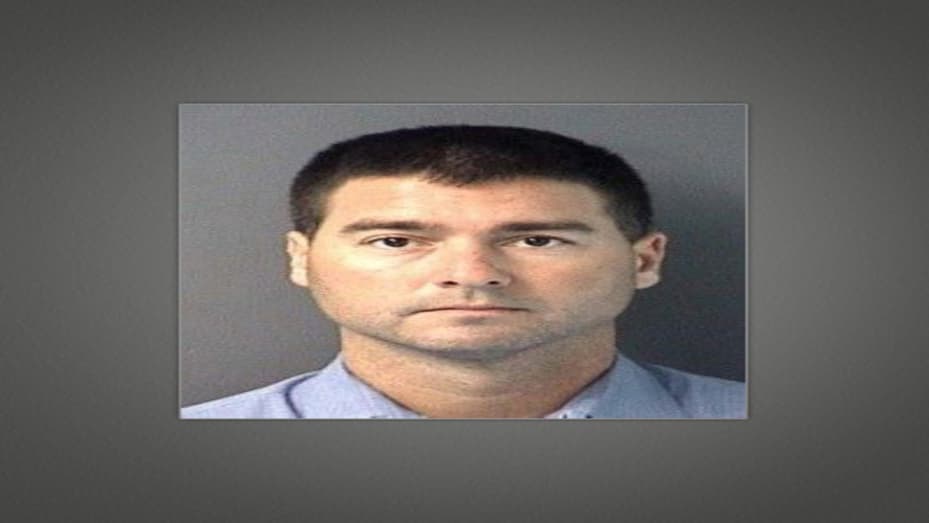
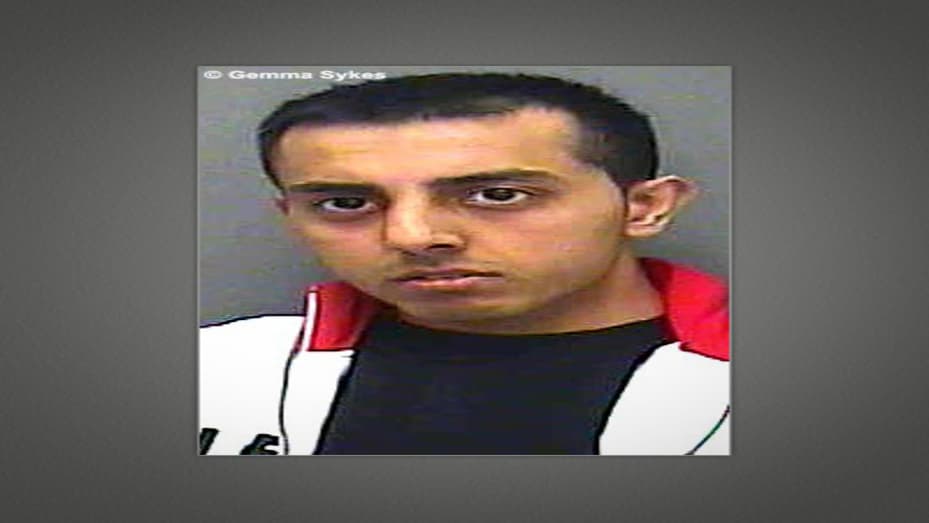
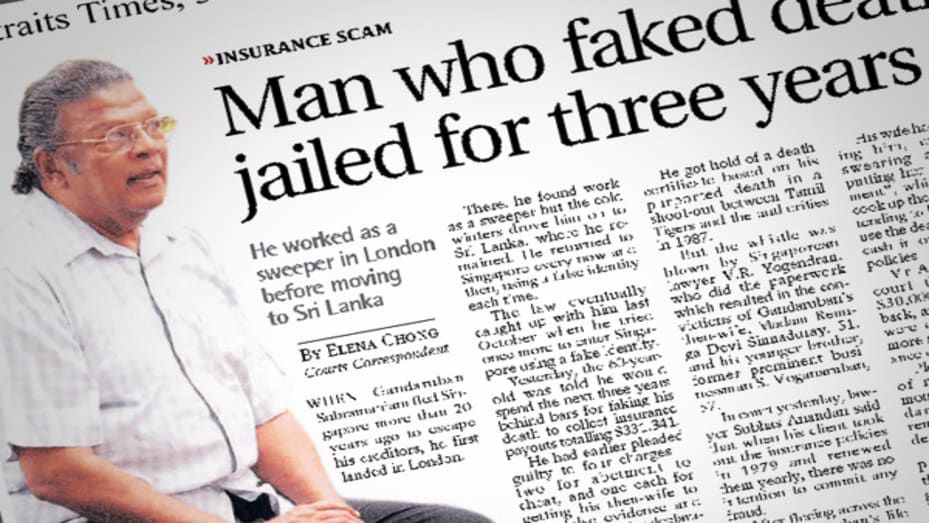


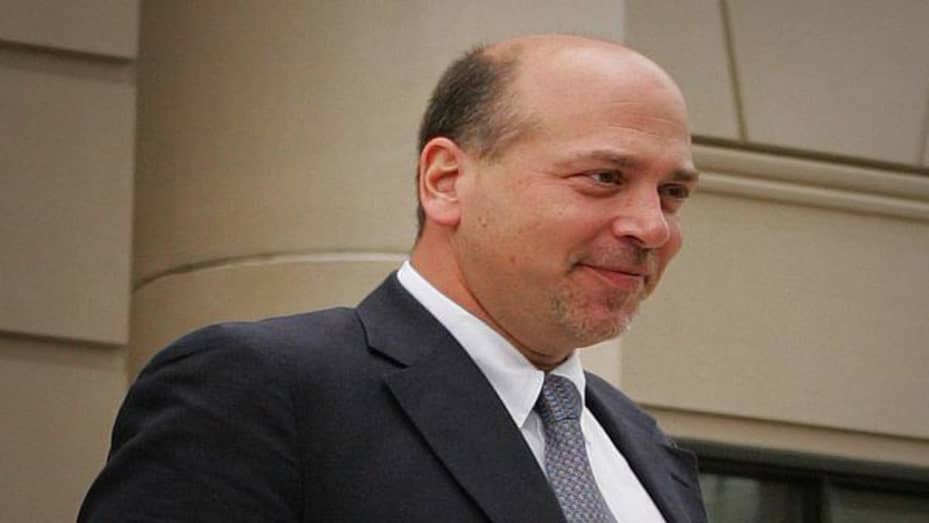
Mr Kennedy:
An afterthought to the two lengthy comments I posted yesterday on your post "GENE'S BLOG CLOSING DOWN FOR THE NEXT 24 HOURS....". I was advised this morning that, while the posts you wrote about my son and me were dirty-minded and malicious. they are almost certainly not actionable.
On the other hand, the allegation [that you repeated several times] that a woman had committed suicide some years ago as the direct result of personal attacks made on her by the "TES Opinion Clique" led by Detterling is actionable on several accounts. It is that issue [for which there is a wealth of evidence including screenshots of the blog pages where you published the lies] which will be pursued under the Malicious Communications Act 1988. Such an allegation cannot be safely ignored by the law, and the investigation will be a very uncomfortable process for you.
With regard to the title of this post, don't be ridiculous, and you won't be hearing from me again. It will take some weeks for Detterling's ex-pupils to prepare the paperwork, as they are doing it in their spare time, but there is no hurry. My son and I have all the time in the world and so, now, has Detterling, bless him.